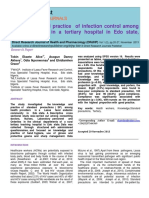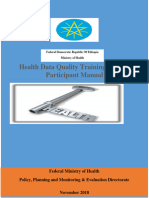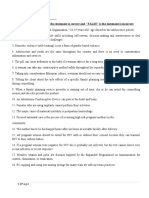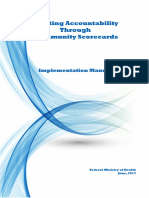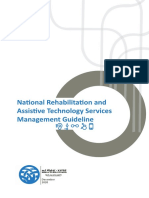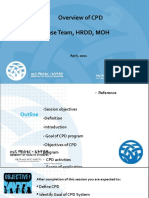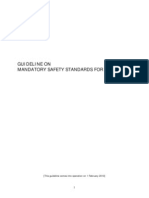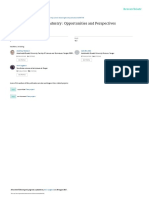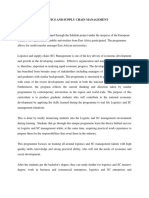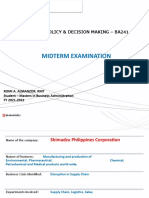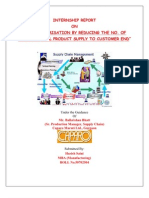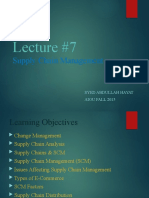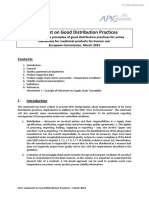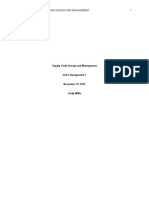0% found this document useful (0 votes)
479 views9 pagesDagu 2 Module 1 Transcript
Dagu 2.0 is a health commodity management information system designed to manage daily transactions at service delivery points in Ethiopia. The system aims to improve logistics by ensuring the right quantities of goods are delivered at the right time and condition, while also enhancing data quality and visibility. The training module introduces users to the system's navigation, record-keeping functions, and the roles and responsibilities of various stakeholders involved in its operation.
Uploaded by
Lencho GudinaCopyright
© © All Rights Reserved
We take content rights seriously. If you suspect this is your content, claim it here.
Available Formats
Download as PDF, TXT or read online on Scribd
0% found this document useful (0 votes)
479 views9 pagesDagu 2 Module 1 Transcript
Dagu 2.0 is a health commodity management information system designed to manage daily transactions at service delivery points in Ethiopia. The system aims to improve logistics by ensuring the right quantities of goods are delivered at the right time and condition, while also enhancing data quality and visibility. The training module introduces users to the system's navigation, record-keeping functions, and the roles and responsibilities of various stakeholders involved in its operation.
Uploaded by
Lencho GudinaCopyright
© © All Rights Reserved
We take content rights seriously. If you suspect this is your content, claim it here.
Available Formats
Download as PDF, TXT or read online on Scribd
/ 9








